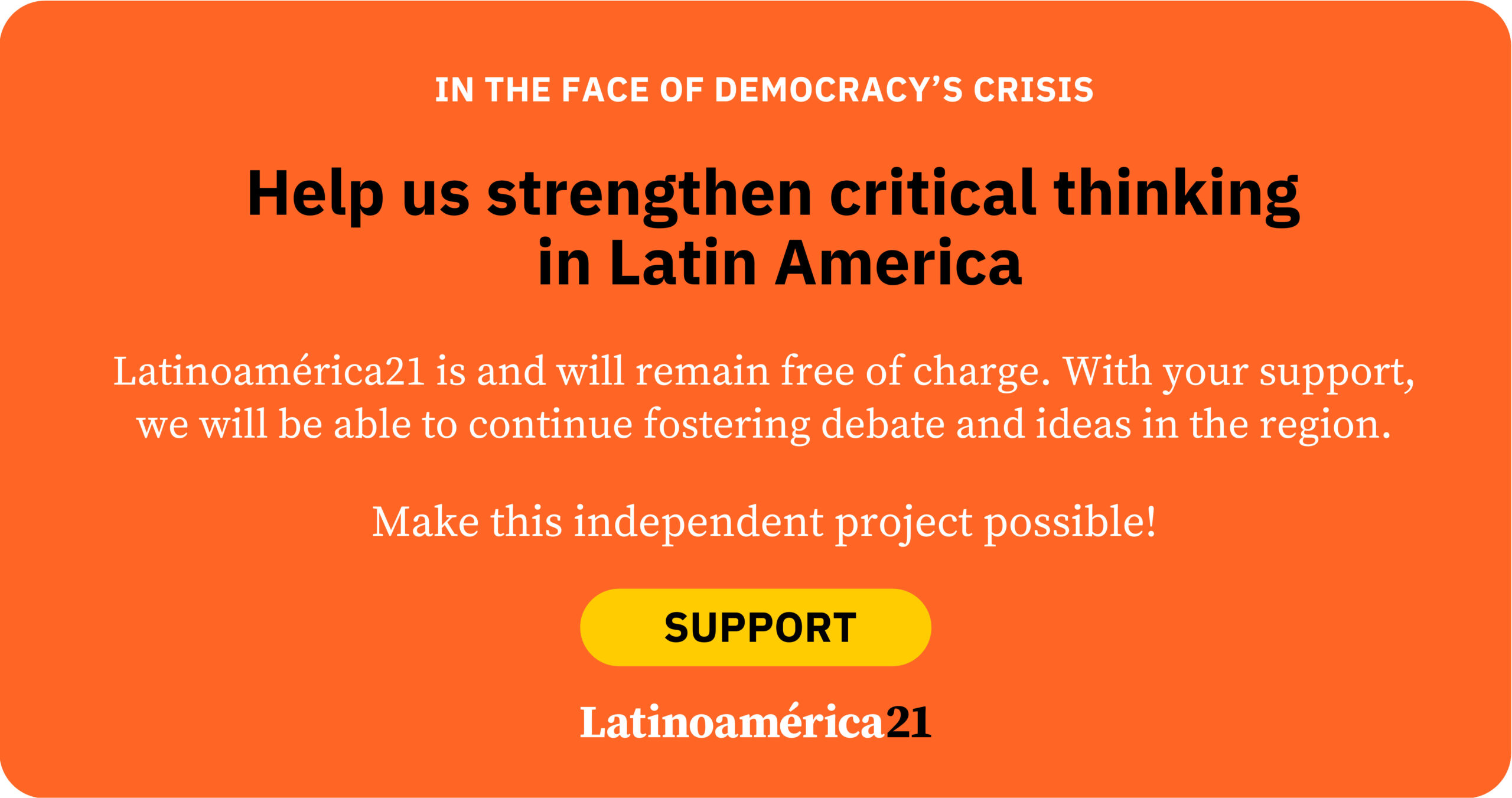
“The paradox is that a risk that makes us all equal reveals, at the same time, how unequal we are,” reads the book Pandemocracy: A Philosophy of the Coronavirus by Spanish philosopher Daniel Innerarity. The evidence is clear: pandemics expose social inequalities and amplify them.
This is what emerges from the report prepared by the Global Council on Inequality, AIDS, and Pandemics, convened by UNAIDS Executive Director Winnie Byanyima and co-chaired by Joseph Stiglitz, economist and Nobel Laureate; Monica Geingos, former First Lady of Namibia; and myself. The Council examined the evidence on the inequality-pandemics cycle and developed recommendations on how to build health security in a global era.
The first key finding is that high levels of inequality—both within and between countries—make the world more vulnerable to pandemics. They make them more deadly and economically disruptive, and they make them last longer. In turn, pandemics increase inequality. This drives a cyclical and self-reinforcing relationship. Within countries, inequalities in income and other social conditions are linked to incidence of HIV and AIDS and COVID-19 mortality.
In Brazil, for example, COVID-19 mortality was between 2.6 and 4.7 times higher among people without formal education compared with those with university degrees—and the gap between the two groups was bigger in rich regions than in poor ones, according to a study. Even in Sweden—a country generally considered egalitarian—people with lower education levels and households with lower incomes faced a higher risk of hospitalization or death from COVID-19.
The global financial architecture exacerbates inequality between countries. There has been a decline in Official Development Assistance (ODA), a heavy debt burden, and the imposition of austerity policies by international financial institutions. All of this has limited countries’ fiscal space to develop social policies that could protect them from pandemics and enable them to respond when they occur.
Today, 3.3 billion people live in countries that spend more on debt repayment than on health care. The recent closure of USAID (the U.S. Agency for International Development), along with cuts to PEPFAR (the President’s Emergency Plan for AIDS Relief), poses major challenges for countries seeking to fund health care and public health systems. When a pandemic strikes, low-income countries have less money available—not only for vaccines and medical care but also to support families. During COVID-19, low-income countries spent around 2% of their GDP on non-health pandemic measures, compared to 8%—from a much larger GDP—in high-income countries.
These figures relate to a second key finding. A review of scientific evidence conducted by the UCL Institute of Health Equity for the Council showed that action on the social determinants of health is essential both for pandemic preparedness and for the response when they occur. So much so that we should speak of the social determinants of pandemics.
Inequalities in the conditions in which people are born, grow, live, work, and age—as well as inequalities in power, money, and resources—create health inequalities both in normal times and during pandemics. In turn, pandemics negatively affect these social determinants. This heightened vulnerability arises from socioeconomic inequalities in income, education, race/ethnicity, gender, sexuality, and other markers of social stratification. It exists before the health system comes into play and cannot be fully mitigated by medical care or access to medical technologies.
The failure to respond effectively to ongoing pandemics such as AIDS and tuberculosis perpetuates the pandemic–inequality cycle. But the evidence shows that this cycle can be broken. How?
First, by removing financial barriers in the global architecture to allow all countries the fiscal space necessary to respond to pandemics. Progress can be made by means of debt relief during pandemics and the abandonment of austerity policies imposed by international financial institutions.
Second, by recognizing the importance of investing in addressing the social determinants of pandemics, including social protection. This investment is crucial both during a pandemic and to mitigate the effects of the next one. A key lesson from COVID-19 is that pandemic preparedness that ignores the social determinants of health is inadequate. In Bolivia, the Renta Dignidad program contributed to food security during the COVID-19 pandemic, particularly among lower-income households. In Brazil, localities with greater coverage of the anti-poverty Bolsa Família program experienced a 5% reduction in AIDS incidence, a 14% decrease in AIDS-related hospitalizations, and a 12% drop in mortality between 2004 and 2018.
Third, by building local and regional production alongside new governance of research and development capable of ensuring technology and information sharing as public goods necessary to stop pandemics. Inequalities in vaccine availability between high-income and low- and middle-income countries must become a thing of the past.
And fourth, by strengthening trust, equity, and effectiveness in pandemic responses through investment in multisectoral initiatives and community-led infrastructures, in partnership with governments.
In conclusion, the response to the reflection in Innerarity’s book is that we must move toward a society that prioritizes health and well-being in proportion to each person’s needs. Addressing the social conditions that make some populations more vulnerable—and building a world based on trust, cooperation, and a commitment to greater health equity—will not only better prepare us for the next pandemic but also create a fairer and healthier world.



